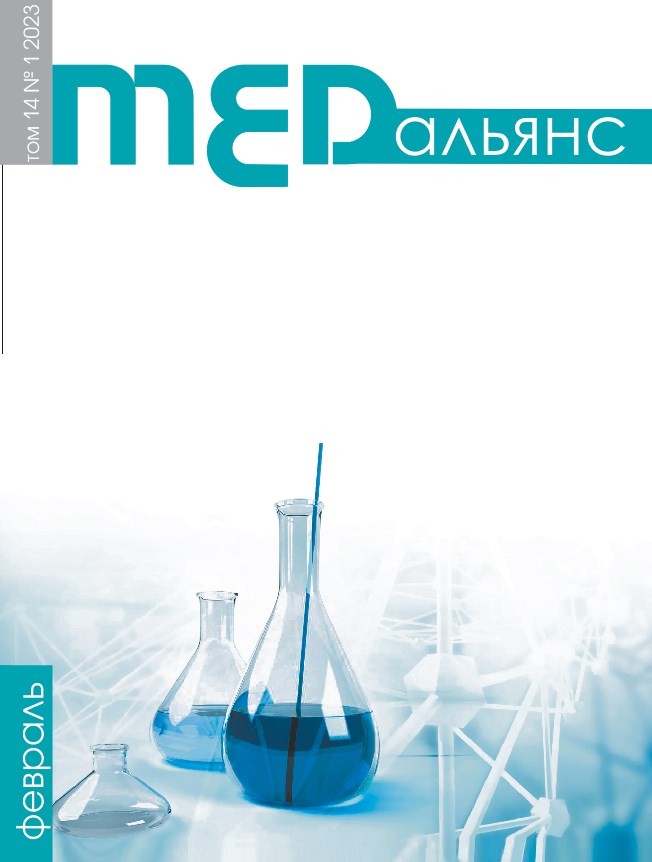Abstract
Coronary heart disease from year to year remains the main cause of death in Russia. In Europe, about 1.8 million people die from various forms of coronary artery disease every year, and about 7.3 million people in the world. The main and most common form of coronary heart disease is myocardial infarction. More than 80% of myocardial infarctionrelated deaths occur in elderly patients. Currently in Russia there is a clear trend of demographic aging of the population, which makes coronary heart disease and, in particular, myocardial infarction, an even more pressing problem. The course of myocardial infarction and postinfarction heart remodeling in elderly and senile patients is often severe, leading to most severe complications (major adverse cardiovascular events) and death. The “gold standard” for combating the consequences of myocardial infarction is timely reperfusion of the compromised coronary bed. Coronary artery bypass grafting is the most commonly used of all reperfusion methods, showing good long-term results in young patients. However, in patients older than 60 years, the results of coronary artery bypass grafting are not so obvious, due to the presence of concomitant diseases and other factors that significantly complicate the postoperative course. In this regard, the study of the pathogenetic aspects of post-infarction remodeling and its reverse development after coronary bypass surgery in elderly and senile patients is relevant. The question of the effect of coronary artery bypass grafting on preventing the development of potentially fatal complications of myocardial infarctionremains open. That’s exactly what prompted us to write this article.

